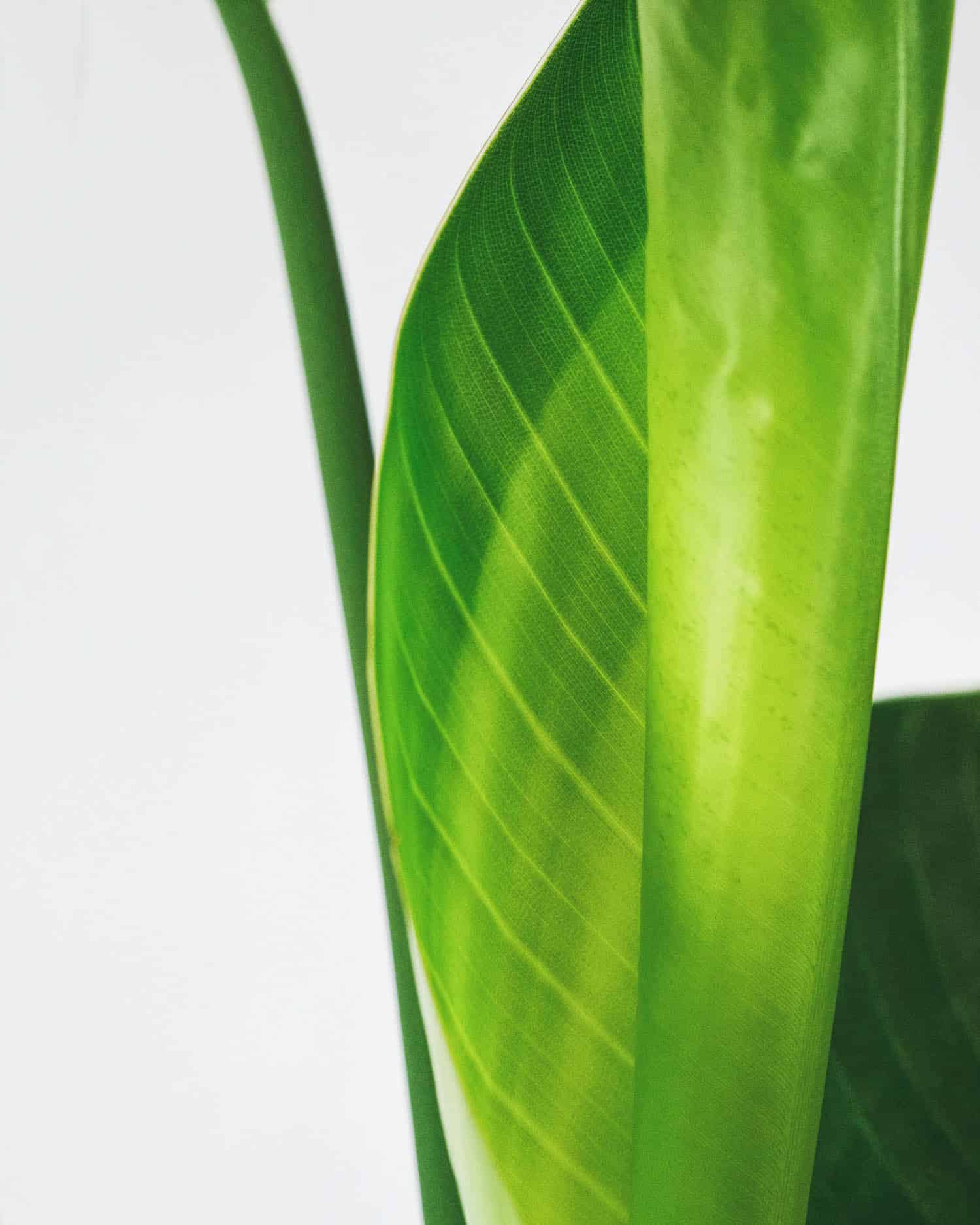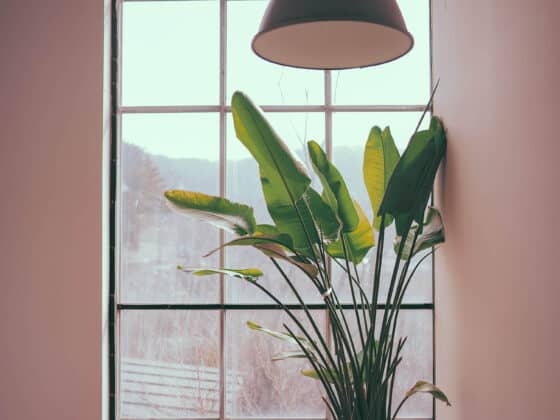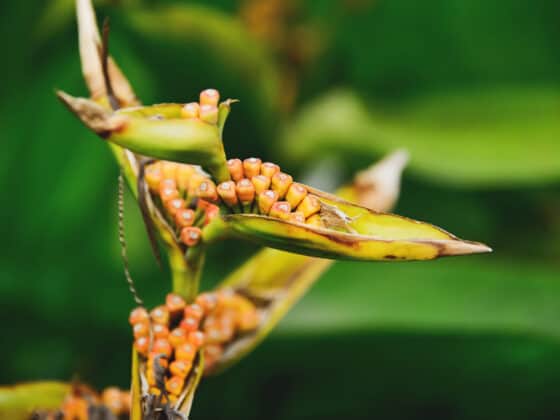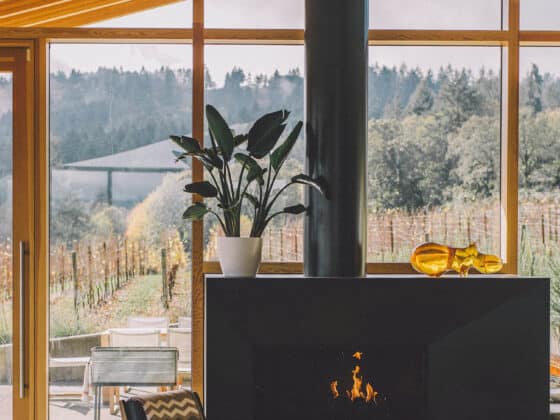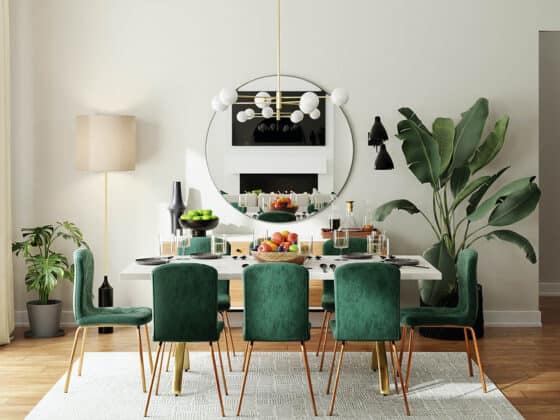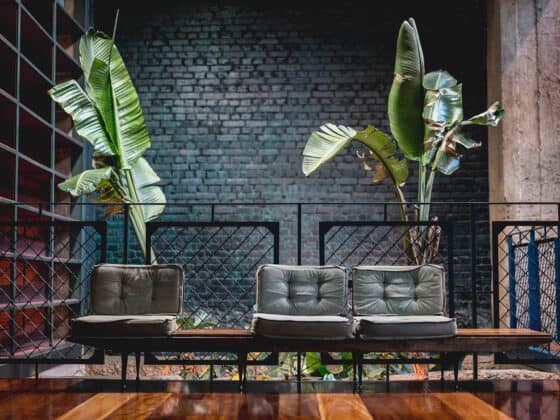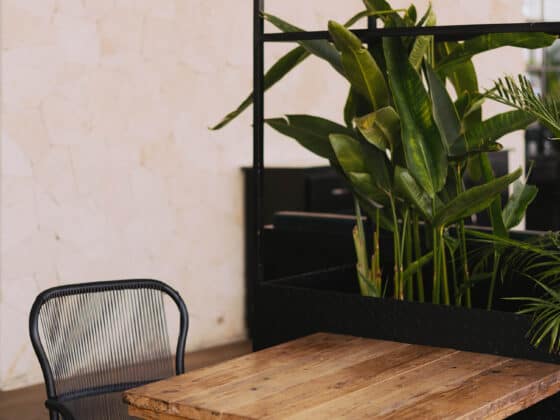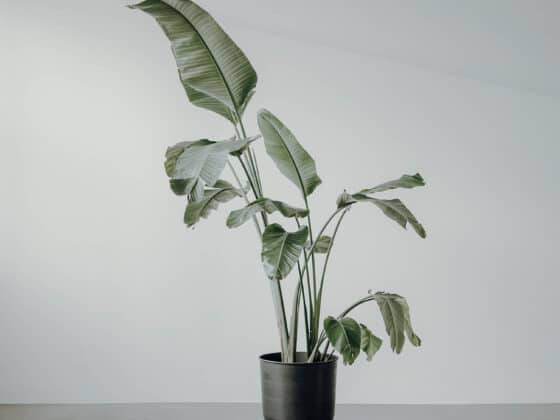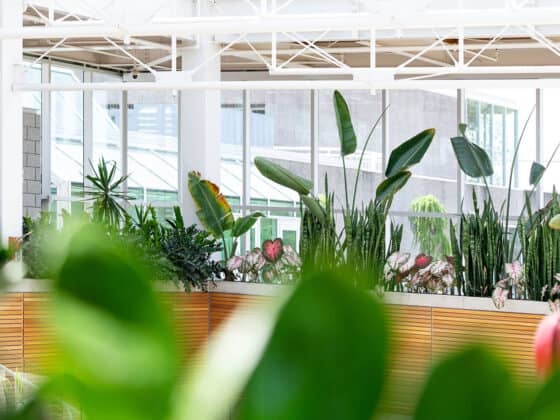The Bird of Paradise plant is adored for its exotic flair. The distinct flowers can be a showstopper, but its leaves are just as stunning. Appearing at the top of stalks, these vivid, waxy leaves spread out to make a beautiful houseplant. However, Bird of Paradise leaves grow more slowly than those of many other indoor plants and can sometimes get stuck in a wrapped position, refusing to unfurl.
Why are your Bird of Paradise leaves not opening? There are a few common causes, including the general health of your plant, insect infestation, and the buildup of plant secretions. The good news is that all of these problems can be fixed, allowing your plant’s leaves to unfurl on their own.
Once you’ve determined the cause of your “stuck” leaves, you can follow a few steps to assist your leaves in opening up. With some troubleshooting and gentle assistance, your plant’s leaves will look full and vibrant in no time! But first, let’s take a closer look at your Bird of Paradise.
What to Expect from Your Indoor Bird of Paradise
Native to South Africa, Bird of Paradise is a tropical plant that can achieve a size of six feet tall and four feet across when grown indoors. Though it is most famous for its dramatic flowers, much of the plant’s size and presence come from its large, fanlike leaves.
While many indoor plants have a proliferation of leaves that they shed regularly, Bird of Paradise is an evergreen plant. Tropical evergreens, such as palm trees, tend to keep their leaves for longer than nonevergreen plants and grow them much more slowly. This means that every leaf is important to plant health and must be treated properly.
With proper care, Bird of Paradise can produce up to one leaf per month during the growing season. However, it is not uncommon for them to grow more slowly. Due to this slow growth, leaves that do not unfurl can affect the appearance of the plant. More importantly, it can impact photosynthesis – the process through which plants absorb light to produce energy.
It can be understandably stressful for plant owners when the leaves of their Bird of Paradise appear to be “stuck.” But with a little investigation of the common causes, you can diagnose this issue and help your plant’s leaves open naturally.
Why Bird of Paradise Leaves Stay Closed
It can be concerning when your plant’s leaves do not open, but this does not necessarily indicate a serious health issue. Often this situation can be quickly resolved, allowing your plant to resume growth as usual.
Some of the most common reasons your Bird of Paradise leaves are not opening are listed below.
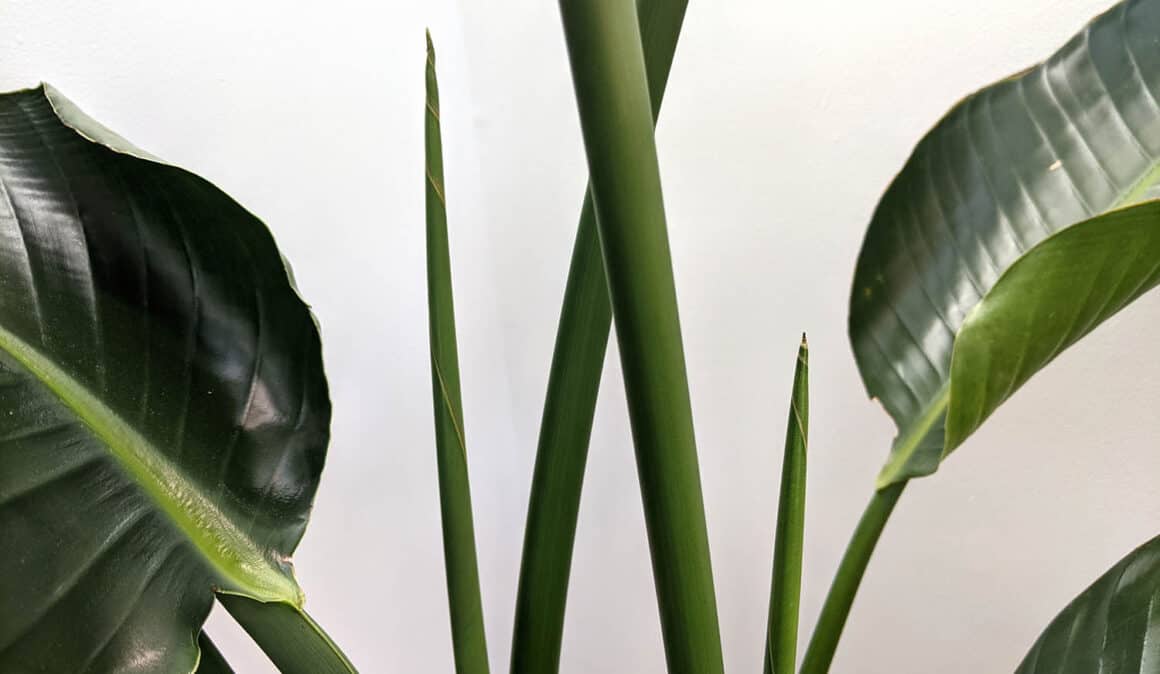
Lack of Light
As a tropical plant, Bird of Paradise needs significant amounts of sunlight to thrive. Ideally, your plant should receive at least five hours of sunlight daily. Failure to receive the appropriate amount of light can result in limp leaves or a plant that lacks the energy to fully unfurl new leaves.
Placing your Bird of Paradise in a bright sunroom or near a sunny window can help it obtain the direct light it needs. You may even want to move your Bird of Paradise outside onto a porch or patio on hot, summer days.
If you live in a space that lacks natural light, or if you experience prolonged, cloudy winters, you may wish to consider using a grow light. These affordable lamps can mimic the sun’s UV rays, helping your plant receive the light exposure it needs for photosynthesis and providing the energy it needs to sustain healthy leaves. For more information on our favorite grow lights, click here.
With proper lighting, you should notice your plant’s leaves becoming firmer, as well as curled leaves beginning to open on their own.
Lack of Water
While overwatering is usually the most common cause of a plant ailment, underwatering can cause some health issues, too. Often underwatering results in leaves that appear curled, wavy, or that refuse to open.
If you notice that your plant’s soil is dry, that the plant appears limp, or that some leaves have dryness at the tips, underwatering is likely behind your leaves’ inability to open.
At least once a week, insert your finger into the plant’s container. If you notice that the top 1-2 inches of soil are dry, it is time to water your plant. When you water your Bird of Paradise, make sure to provide enough water that the excess flows from the drainage hole in the bottom of the pot. Then do not water again until the top 1-2 inches is dry.
Lack of Humidity
Although it is a related issue, lack of humidity and lack of water are not the same. While adequate hydration is necessary for the plant to form and sustain healthy leaves, humidity is vital for protecting the exterior of the leaves.
If there is not enough humidity in the air, your Bird of Paradise leaves may become slightly stuck together, unable to separate within the inner roll of the leaf.
Introducing a humidifier to your space and gently misting the air around your plant with clean water once a week can help introduce enough humidity to the surface of the leaves to help them detach and unfurl on their own. For our favorite humidifiers for houseplants, read this article.
Insect Infestation
While insect infestations are less common with Bird of Paradise plants that are kept entirely inside, plants that reside in an outdoor garden or that are left outside for extended periods in the summer can develop insect issues.
Small pests such as mealybugs and scale can form homes inside unfurled leaves and may leave behind residue that keeps those leaves stuck in place. Often you can detect insect problems through small bite marks in other leaves, hard brown spots, or small, fuzzy patches on leaves.
Some pests, like aphids, can be removed with a steady stream of water, such as washing carefully with a hose. You can also use natural horticultural oils to repel insects without harming wildlife.
Although leaves that bugs have damaged will not fill back in, they often survive. Unfurled leaves that have become an insect home will usually begin to unfurl normally once the insects and secretions are removed.
What You’ll Need to Open Your Leaves
What happens if you have followed the steps above and the leaves have still not opened after a few weeks? There are some strategies you can use to gently encourage those leaves to open more quickly. The process is easier than you might think.
To achieve this, you will need a clean, soft dish sponge, a container of clean water, and (if you wish) a drop of dish soap.
How to Open the Leaves of Your Bird of Paradise
Fill a container with clean water and open an unused dish sponge. Choose a soft sponge and never use a plastic sponge or an abrasive material to touch the surface of your plant. If you wish, you may add a drop of dish soap, such as liquid Dawn (not a detergent intended for a dishwasher).
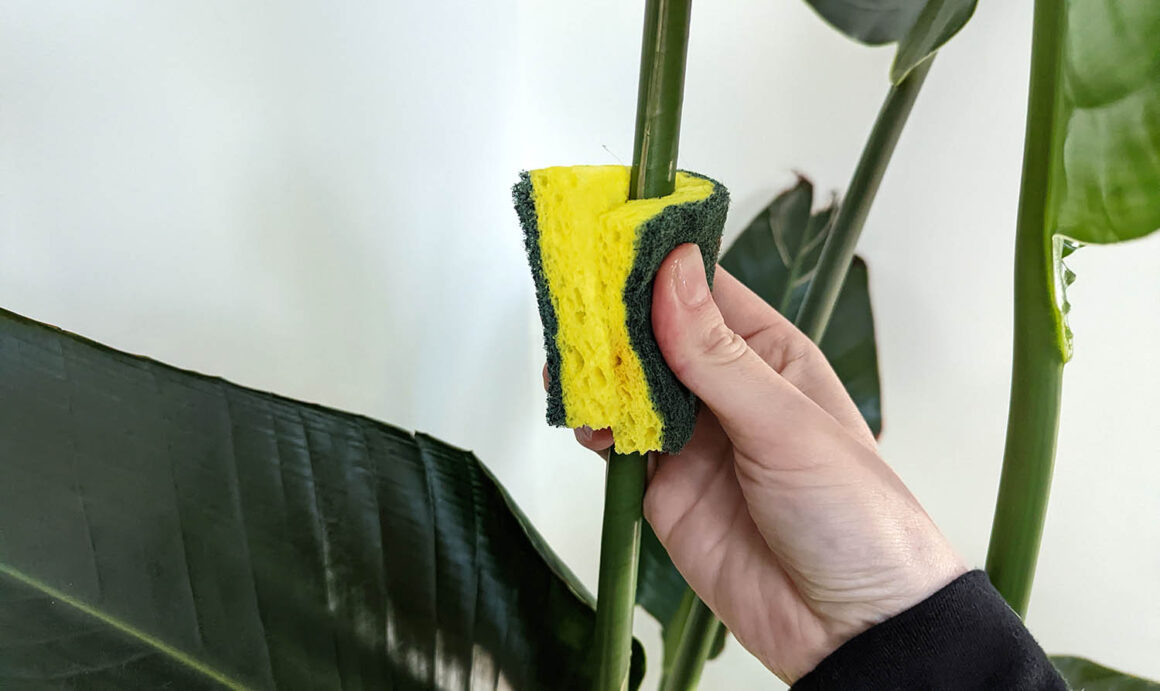
When you are ready, take the damp sponge, run it upwards along the plant’s stem with the curled leaf, and then gently run it over the leaf itself. This cleaning will help dislodge any residue that is holding your leaf in place.
Do not scrub, and do not use an up-and-down motion. Instead, start again at the base of the stem, running up over the leaf several times. Once you have rinsed the stem thoroughly, feel free to lightly run your finger along the wrapped edge of the leaf.
The edge will likely begin to lift on its own under your touch, though you can pry the edge slightly if needed. Once the edge of the wrapped leaf has become unstuck, it should begin to unwrap on its own over the next several days.
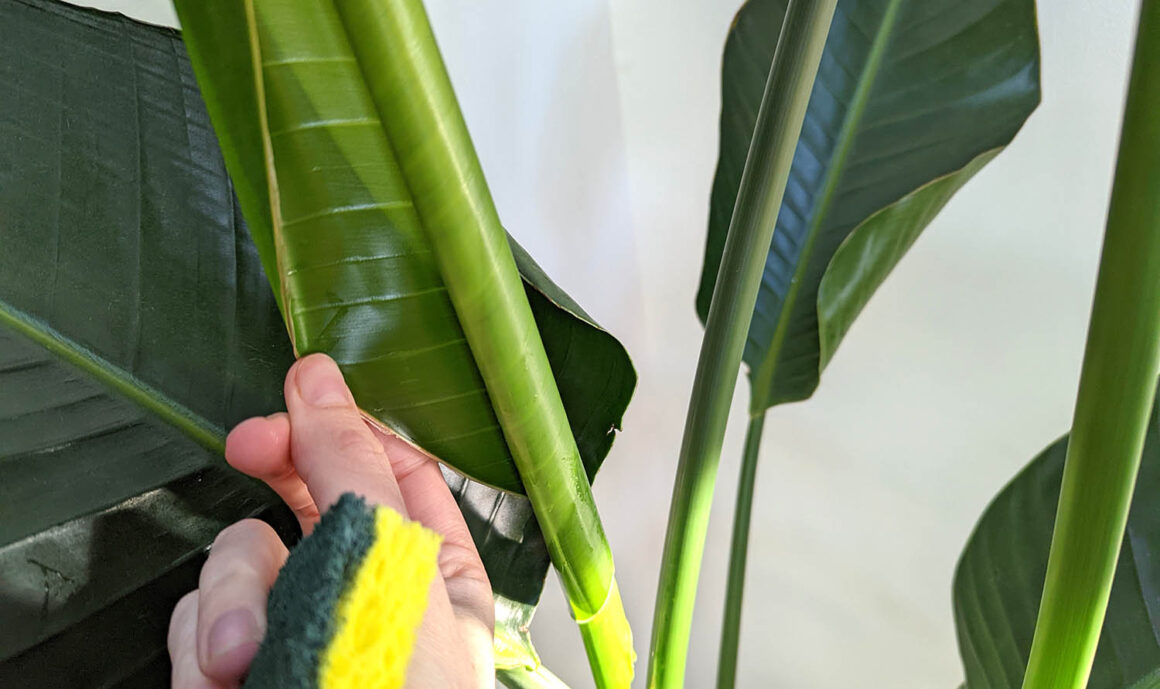
Putting It All Together
As we mentioned, leaves are vital to the photosynthesis process. Helping your Bird of Paradise leaves unfurl can give it more light and more energy. Additionally, if there is an insect problem causing the leaves to remain wrapped, addressing that issue quickly is wise.
Before making any effort to unwrap your plant’s leaves manually, you should troubleshoot for any plant care issues that might be to blame. Physically unsticking your plant’s leaves is only a short-term solution, and failure to address a larger lighting or watering issue can cost your plant its health.
While it is easy to be impatient, keep in mind that plants are resilient. When health and environmental issues are resolved, symptoms of illness and issues with growth will almost always disappear on their own.
If you feel that your assistance in unwrapping the leaf is necessary, follow the steps above and always be gentle. Pulling on the leaf can cause damage that will harm your plant.
Finally, whenever possible, focus on your plant’s overall health and let nature take its course. With time, your Bird of Paradise will provide the desired results in the form of large, beautiful leaves and years of healthy growth.






